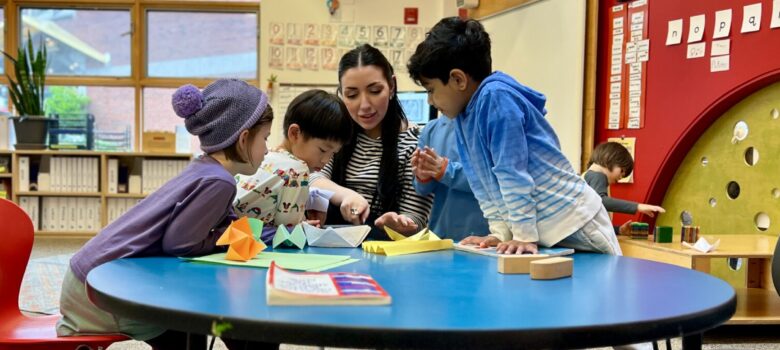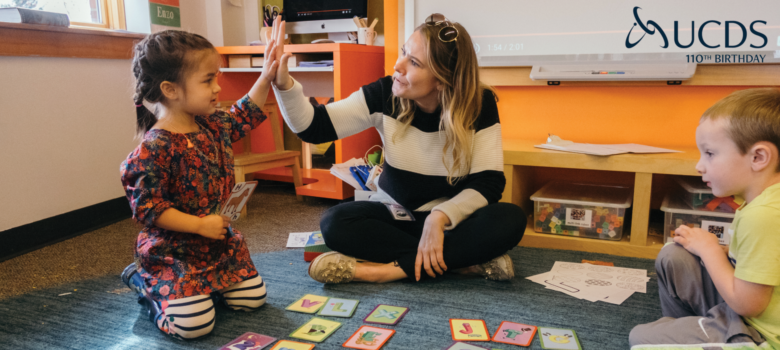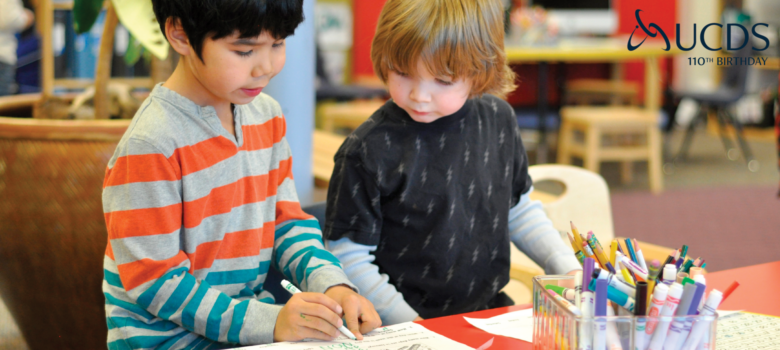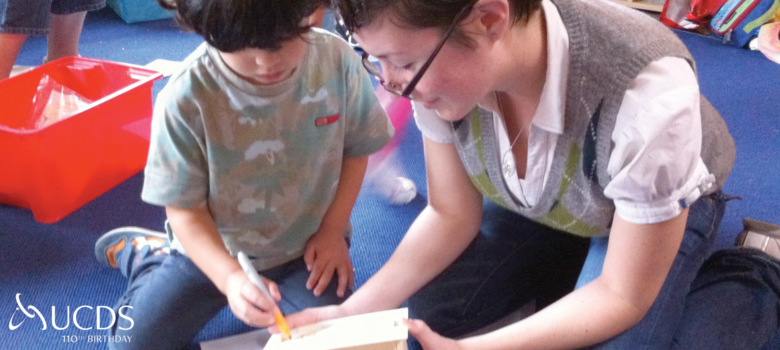By David Garrick, Graduate School Dean
Teachers use what we learn everyday to improve our teaching and better design the learning experience for our students. The students participating in UCDS Institute’s Designing a Culture of Inquiry course are shifting their gaze from theory to practice (For more information on this class see Oct 31 post). November sessions focused on bringing inquiry to life as students observed in classrooms, discussed facilitation strategies, applied principles of backwards design and analized methods for assessing student engagement and learning.
The month began with focused observations in UCDS classrooms. Culture of Inquiry students looked for evidence of inquiry-based teaching in Art, Music, Technology and Design, Early Childhood, and Elementary Classrooms. This experience was an opportunity for focused observation of expert practitioners. Taking time to observe and reflect bridged the gap as Culture of Inquiry students prepare inquiry-based lessons for their own classrooms.
The rest of November sessions focused on facilitation, backwards design, and assessment. Students discussed what role culture plays in determining what we value and what we share when it comes to facilitation. They compared different pop-culture icons for great teachers to their own experiences and discussed facilitation strategies outlined by Kimberly Mitchell’s book Experience Inquiry as well as models from Jeff Marshall and Elena Aguilar.
Adding another layer, Culture of Inquiry students participated in a science lesson to test structural integrity of different shapes for designing bridge-decks. After building a variety of different models, they defined possible learning outcomes for the experience and used models from McTighe and Wiggins’ book Understanding by Design to create recording sheets that helped young students provide evidence of learning. They discussed models for designing learning experiences that promote student engagement and evidence of learning.
November’s final session focused on assessment. Students shared memories of assessment from their own schooling. They surveyed a variety of student work, formal assessments, and standards. Conversations about these learning artifacts focused on what information each piece of evidence provided, what was missing, and what further questions were brought to mind. Students also discussed diagnostic, formative, and summative assessments and how they can inform teaching practices. Finally, they turned their attention back to culture. Students compared two different middle-school syllabi, each with a different model for how students were assessed. They discussed what each syllabus implied about the values of each class and, by extension, the culture of each school.
Designing a Culture of Inquiry will wrap up with two final sessions focused on helping the students bring our coursework to the classroom. Students will write and refine inquiry-based lesson plans, teach their lessons, and finish with presentations and reflections about the experience.





